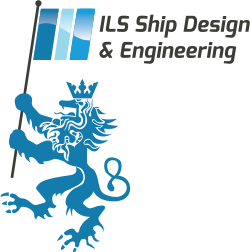ILS commissions:
Concept design together with Aker Arctic and the Finnish Traffic Infrastructure Agency
Customer:
Finnish Traffic Infrastructure Agency
Shipyard:
Arctech, Helsinki
Main particulars:
Length: 110 m
Breadth: 24 m
Draught, design: 8 m
Draught, max: 9 m
Propulsion power: 21 MW (3 x Azipod)
Ice class: PC 4


